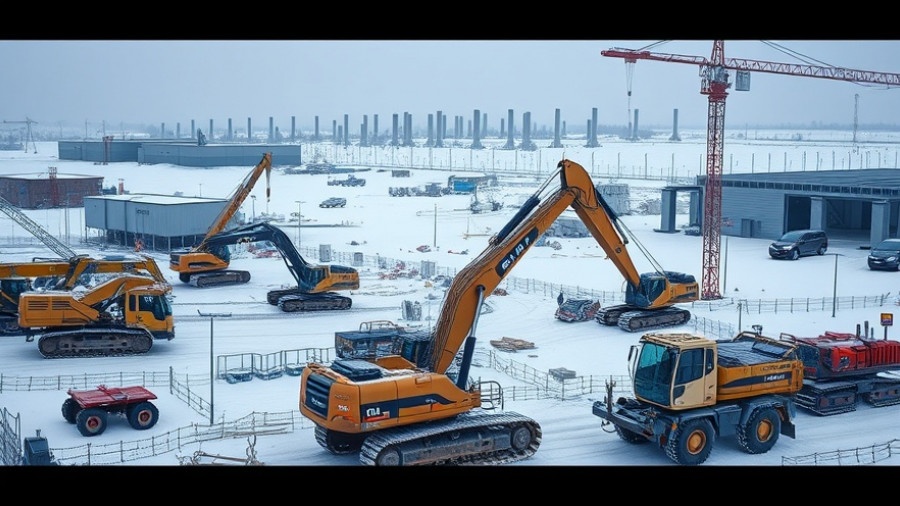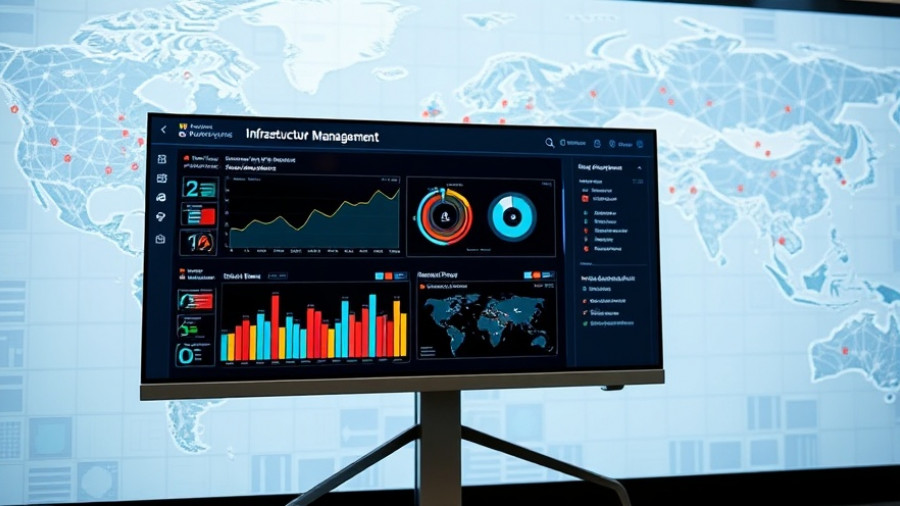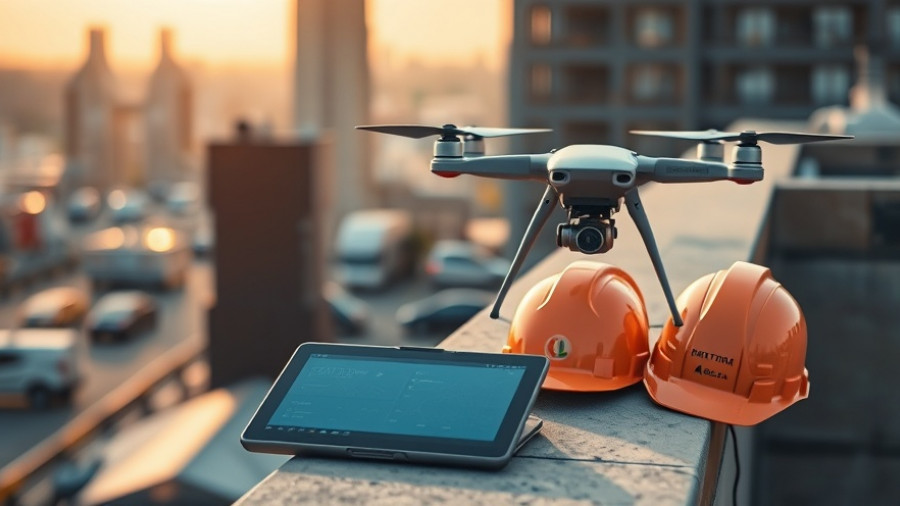
The Transformation of Time Tracking in Construction
The construction industry stands on the brink of a technological metamorphosis, as traditional timekeeping methods struggle under the weight of modern challenges. Outdated systems like paper timesheets and digital apps are no longer a viable means for a sector where every minute, and every dollar counts. With labor accounting for over 30% of contractor expenses, inefficient tracking not only creates barriers but also exacerbates the growing skills shortage—estimated at 88% difficulty in filling key positions. Enter AI-powered biometric labor tracking systems, a revolutionary approach that promises to redefine how contractors manage their most critical asset: their workforce.
Why Traditional Methods Fall Short
Despite the proliferation of smartphones in the field, conventional timekeeping often leads to inaccuracies and complications. Poor signal coverage, dead batteries, and even simple forgetfulness can render app-based systems ineffective. Even foremen, who shoulder immense responsibility in tracking hours, find themselves burdened with unrealistic expectations that rarely yield precise results. The consequences? Loss of productivity and financial bleeding that can cripple a project.
Embracing AI for Enhanced Accuracy
The introduction of AI into labor management marks a turning point. Biometric systems streamline time tracking and eliminate the guesswork that traditionally plagued the industry. AI doesn’t just collect data—it transforms it into actionable insights, optimizing workforce allocation and reducing experimentations that can be costly. According to industry insights, as AI safety and capabilities advance, it's projected to automate significant workloads, unlocking transformative productivity gains
Looking Ahead: What This Means for the Future
This shift toward AI in construction isn’t just a fleeting trend; it’s an opportunity for resilience and growth within the sector. As businesses begin leveraging these intelligent systems, those who adapt will thrive, turning a once tedious logistical nightmare into a streamlined operation. Contractors, architects, and fabricators will find newfound clarity in managing projects and labor forces—with accuracy and efficiency akin to the standards found in marble and granite fabrication.
Conclusion
As we stand at the intersection of construction and technology, embracing AI-powered solutions is vital for those looking to remain competitive in an evolving landscape. With labor complexities rising, the call for a revolutionary change in time tracking is clear. The question remains: will you adapt and evolve with the industry, or will you be left behind?
 Add Row
Add Row  Add
Add 




Write A Comment